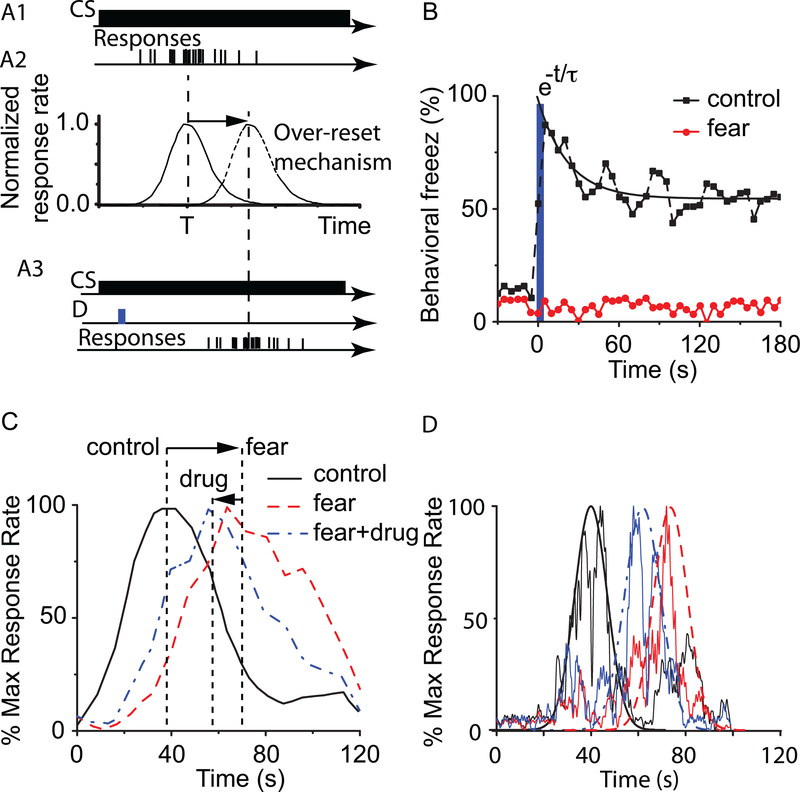Figure 4. Fear-evoking stimuli and nomifensine influence on interval timing.
In a PI procedure with a single CS (A1), the peak response (continuous line in A2) occurs around the criterion time T. Concurrent presentation of a fear-evoking distracter during PI procedure (see the brief distracter D marked by a solid rectangle in panel A3) induces behavioral freeze. The average percent freezing behavior in the fear conditioning context (solid squares in panel B) show reliable, long-lasting freezing behavior after the presentation of the fear-conditioning sound (solid rectangle) at time=0s. There is no freezing behavior is rats presented with a neutral auditory distracter (that was not paired with electric shocks, solid circles in panel B). The recovery from behavioral freeze can be modeled by an exponential decay with a time constant τ ≈ 22s. The average maximum percent response (lever pressing) rate in rats trained to time a T = 40s signaled by a visual stimulus when presented with a neutral distracter was virtually identical both in the control and fear groups (continuous line in panel C - redrawn from (Matthews et al. 2012)). Emotionally charged distracter (white noise) presented to the fear group shows a considerable rightward shift of the response (dashed line in panel C) relative to neutral distracter (continuous line). Local infusions of the norepinephrine and dopamine reuptake inhibitor nomifensine (dashed-dotted line in panel C), induce a leftward shift of the peak response function in the fear group and have no effect on the control group. (D) Numerical simulations results obtained with the SBF-ML model. The jagged trace under the continuous Gaussian-shaped curve centered round 40 s represents a single trial obtained with SBF-ML model and T = 40s. The reset induces by a long-lasting behavioral freeze (dashed Gaussian and the corresponding jagged single-trial in panel D) with a duration of τ ≈ 22s shows a leftward displacement similar to experimental results from panel C. The pharmacological effect of nomifensine was simulated by speeding-up all oscillators by about 20% (dashed-dotted Gaussian and the corresponding jagged single-trial in panel D), which produced a rightward shift similar to experimental data from panel C.

